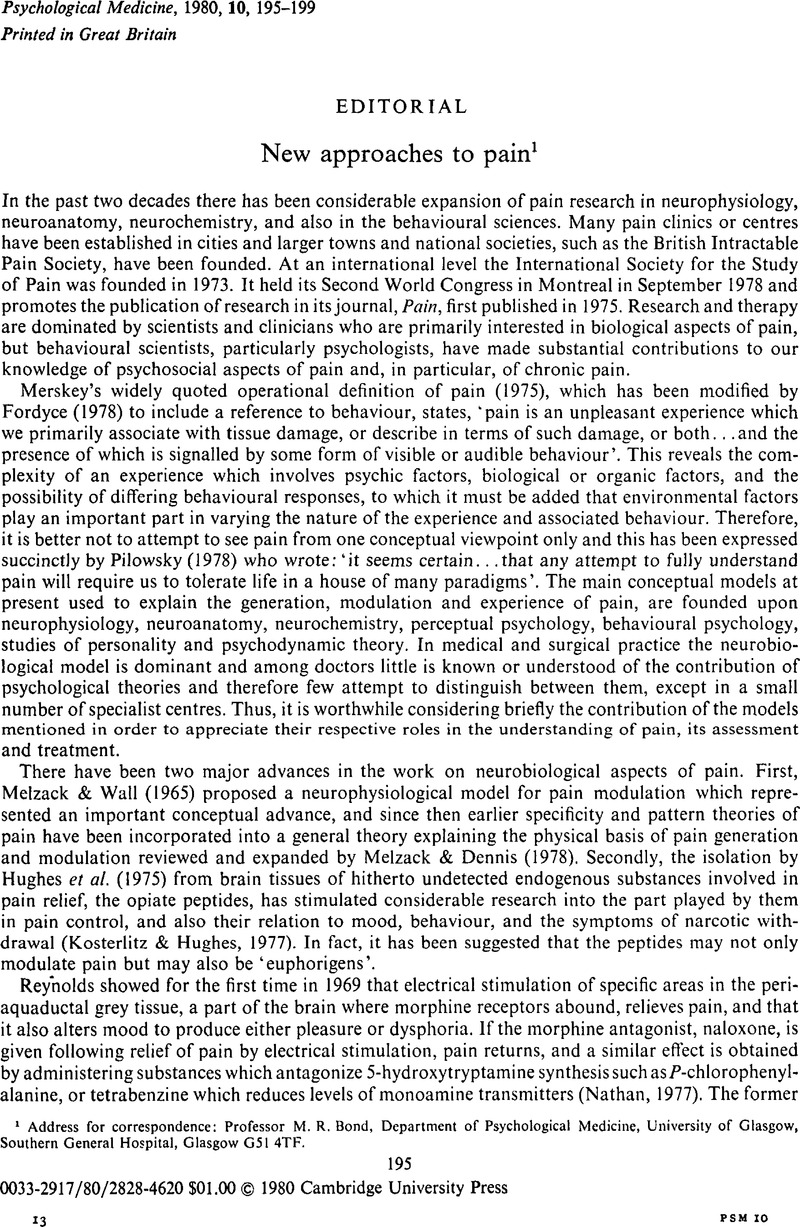Crossref Citations
This article has been cited by the following publications. This list is generated based on data provided by Crossref.
Macy, Christopher
1983.
The society for reproductive and infant psychology: A statement of aims.
Journal of Reproductive and Infant Psychology,
Vol. 1,
Issue. 1,
p.
1.
Giles, Gordon Muir
and
Allen, Mary Elizabeth
1986.
Occupational Therapy in the Treatment of the Patient with Chronic Pain.
British Journal of Occupational Therapy,
Vol. 49,
Issue. 1,
p.
4.





